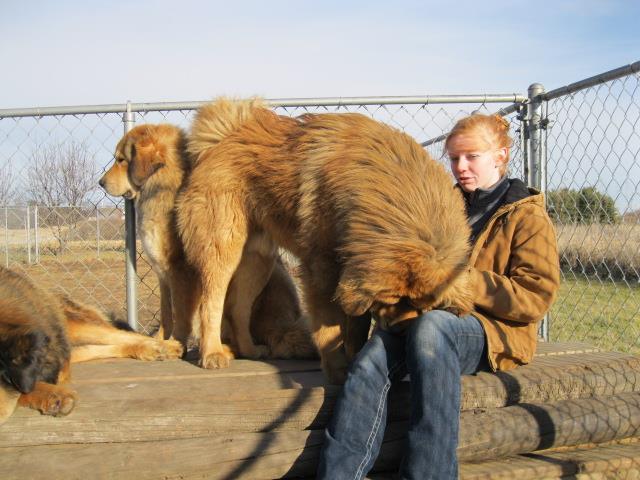
The potential Service Dog handler throughout training must keep in mind some rules of thumb while working with his Service Dog. Voice inflection is extremely important in your working relationship with your dog. The dog must understand several voice tones which can be categorized as; A) Command tones, where the handler is authoritative yet unemotional, B) Praise Tone, where the handler�s voice is happy, proud, and pleasing to the dog, C) Corrective Tone, in which the handler�s stern voice indicates obvious displeasure to the dog, D) Permissive Tone, where the handler gently reinforces the dog..."that�s good, your right", E) Alert or enticing Tone, where the handler instills a sense of excitement or suspense in the dog. During the course of working with the dog, the handler must consciously categorize these voice inflections for the dog to provide communication and useful dialogue. It is the handler's responsibility to praise the dog for correctness at a rate of at least five to one above the rate of applying compulsion. The dog must feel good about his performance to become happy and reliable and to have the necessary trusting working relationship. Since the only pay that a Service Dog obtains is through the relationship it holds with its handler, this becomes very critical. The handler must treat his Service Dog as a partner, equal, and companion, so that the Service Dog can accept the need for the handler's authority during the work. When a command is initiated the handler must assert himself strongly and completely. The Service Dog, due to the limits of its ability to reason, must believe that to disobey a known command by his handler is to die. The canine's ability to learn is based on its genetic makeup as well as environmental influences during it�s rearing. As well, the skill with which training techniques are applied by the handler and training decoys will determine the dogs ability to learn and the proficiency level obtained. The handler should understand that training with inducements is the quickest and most permanent method to train a new skill. To provide reliability to a skill, compulsion becomes a necessity in the Service Dog. A balance must be struck between compulsion and inducement to provide the best overall Service Dog performance. This balance varies from dog to dog but also relies on the skill of the handler to make the training issues clear, provide consistency in the training, as well as a great enough frequency to maintain the skills. If the Service Dog handler allows his temper to interfere with the training, maintenance, and deployment of his Service Dog, the teams performance will never achieve it�s potential level of expertise. In addition to being extraordinarily stable with children and livestock, and their superb usefulness in security and animal assisted therapy work, the Tibetan Mastiff is now being trained for search and rescue and substance detection

